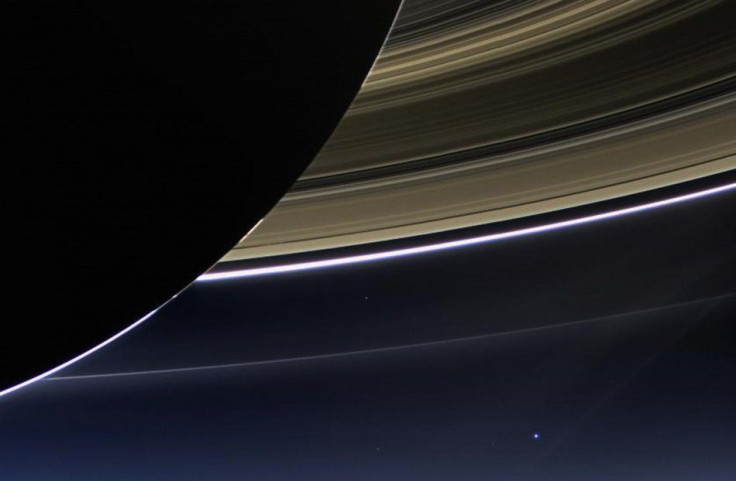Research Shows One Of Saturn's Moons May Have Ingredients Suitable To Support Life

According to a research, one of Saturn's moon was said to have a ocean beneath its crust and is a perfect ingredient that could support life in the moon. The moon, Enceladus, was the only place apart from the Earth that was found to be hydrothermally active. The study was published in the journal Nature on March 11.
According to The Guardian, the 300-mile-wide moon had a saltwater ocean which is six miles in depth. The discovery was initially made by the National Aeronautic and Space Administration's Cassini probe. The latest measurements by the probe suggested that in a few areas around the moon, the water was warm.
Hsiang-Wen Hsu, an assistant professor at the University of Colorado, said that the small moon had a hot and porous core which could heat the water in the deepest part of the ocean to a temperature of a minimum of 90 degrees Celsius. He explained that a hydrothermal system similar to that in the moon could lead to the fulfilling of the basic criteria to support life such as energy, liquid water and nutrients. It was reported that there were similar hydrothermal systems on the ocean floors of the Earth that could have possibly played a role in the emergence of life many years ago.
Hsu added that they were unsure if the water stayed warm for long. He also said that if the temperature did not stay stable, then life might not have happened there.
Washington Post reported that a decade ago, grains of rock were found near Saturn. Scientists found that the grains were made up of mostly silica, which on Earth was found as sand. As the grains were uniform in size, suggestions were made by the scientists that an unusual process could have led to the formation of the grains.
Frank Postberg, the co-author of the study and a Cassini team scientist from the Heidelberg University, said that they searched for alternate explanations for the silica grains. He said that every result pointed towards the origin.
The research team leader and research associate at the University of Colorado said that the culprit was the hydrothermal vents that were found in the waters of the moon. He said that the hot water was interacting with the rocks leeching out silica.
To report problems or to leave feedback about this article, e-mail: afza.kandrikar@gmail.com.





















